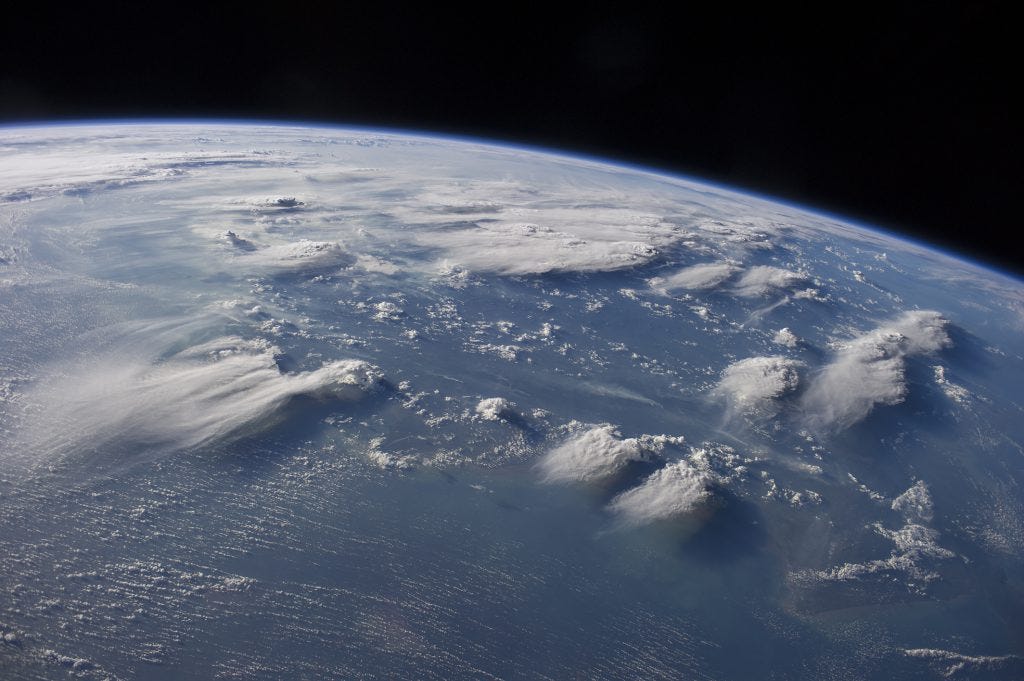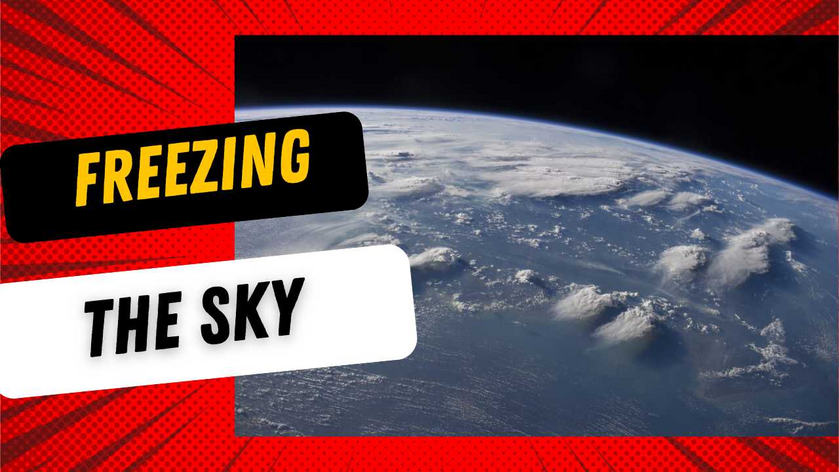HOUSTON, TX - American scientists, funded by NASA, have proposed a new method to fight what they describe as global warming.
They plan to lower water vapor in the stratosphere, especially above the tropical tropopause, by using ice particles.
This approach aims to block water vapor from rising and worsening the alleged greenhouse effect.
Help support my independent journalism. I left my high-paying job behind to go independent.
However, the potential for unintended side effects has sparked debate about the safety and effectiveness of such geoengineering tactics.
Stratospheric water vapor significantly contributes to global warming, with studies showing it's responsible for 30 percent of the warming since 1990.

This vapor mainly comes from the oceans, particularly a large area in the Pacific Ocean near the equator, as found by NASA drones.
Scientists are unsure if this increase is a result of global warming or can be managed by human intervention.
The scientists suggest deploying ice particles, possibly via weather balloons or drones, into the upper troposphere.
This could stop excess water vapor from reaching the stratosphere, potentially easing global warming. But there are concerns about the long-term impacts, such as changes in global air patterns and more cloud cover.
Despite this approach, experts stress the need to tackle climate change's root causes, like carbon dioxide and methane emissions. They argue that while such geoengineering methods could help, the main focus should be on reducing emissions and moving to sustainable energy.
The idea of using ice particles to combat stratospheric warming highlights the need for effective climate solutions but also warns of the risks in tampering with Earth's systems.
As the global community considers this approach, the emphasis on long-term sustainability and addressing so called climate change's causes remains critical.
Some argue that the Earth's climate has always experienced natural fluctuations over centuries and millennia, such as ice ages and warmer interglacial periods. They suggest that current climate changes could be part of these natural cycles rather than being predominantly caused by human activities.
Critics point to discrepancies or pauses in warming trends, such as the "global warming hiatus" that was observed from the late 1990s to the early 2010s, to argue that climate change models are flawed or that warming is not as severe as projected.





















